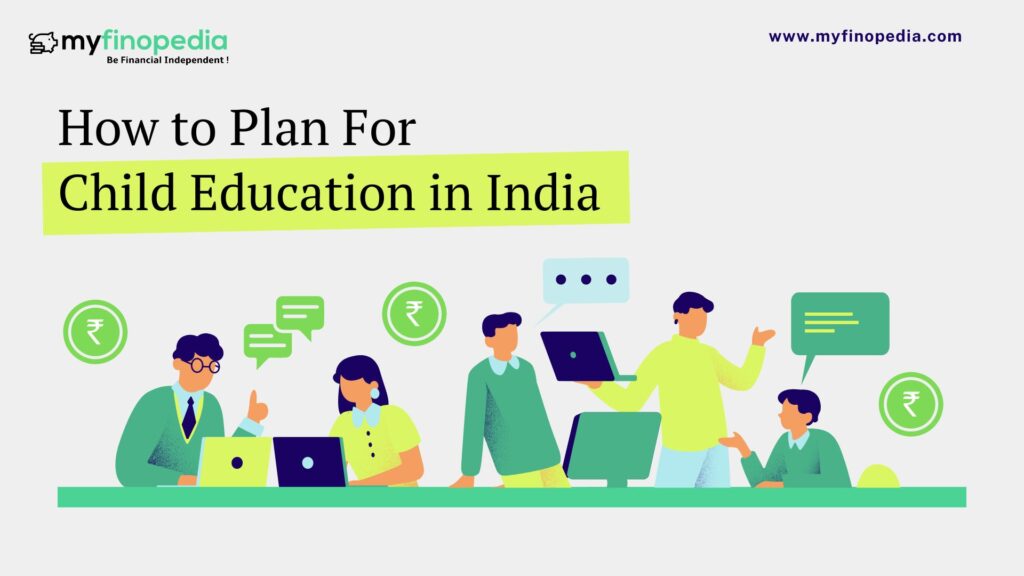Planning for child education is one of the crucial goals of a parent investor. As the cost of tuition fees is getting higher, the earlier you plan for child education, the more convenient it will get to tackle the exorbitant fees to pursue the career dreams of your child. Once you have accumulated the corpus, you will get significant benefits in terms of premium waiver or final value after the maturity of the policy term.
Here are the guidelines to help you make a decision to optimise your child’s future by child’s education planning in 2023.
Why Should You Invest in a Child Education Plan?
If you invest in a child’s education before it becomes too late, you may conquer many difficulties in the future in nurturing your child’s educational goals. The investment that you’re making now will be a great asset for them in the future, even when you are not able to help them anymore. Considering the fee structure of today’s primary & secondary schools, the fee structure is higher enough to provide a good education to children. This fee structure will easily overtake & be 19 times higher making your finances not enough to get on terms with the expenses of education. Therefore, if you want to provide them with accurate means of help to pursue their education goals in future, you must have some corpus that may enshrine their dreams of studying abroad or getting admission in the top colleges.
Every parents’ dream is to provide their child a successful future. You can adopt systematic investment planning (SIP) to ensure your funds remain safe even when there are fluctuations in the market. Most importantly, you have the flexibility to pay for any interim payment in your children’s education by withdrawing partially from periodic pay-outs. In addition, in the Indian Income Tax Act, under Section 80C, you get the tax benefits up to 1.5 lakh per year, if you invest in a child’s education. Also, for income benefits, you get additional benefits from the income from your child’s insurance policy under section 10(10D) of the Income Tax Act, 1961.
Types of Child Education Plans
There are mainly two child education plans, which are prominent in child’s education planning. They are given below.
1. Child ULIP Planning
Child unit-linked insurance plan is a long-term investment plan that pays you a lump sum in the future. You can also get a life insurance cover along with the premium, which provides your maximum aid in future. It usually ranges upto 25 years and your child can withdraw it once he or she turns 18.
2. Child Endowment Planning
Usually possessing lower risk than Child ULIP planning, the child endowment planning ensures you get the maximum pay out in 4 equally divided pay-outs. It also comprises the assured payment as well as the bonuses. It can range from 10 years to 30 years allowing the child to get the payments after turning 18 years of age.
Wrapping Up
While you are choosing a child’s investment planning, there are also many factors to consider. They may differ as per the premium you choose & the charges related to that. Once the payment is made, you can make monthly or yearly investment as per your convenience. Once you make it continuously, your corpus will maximise and the returns will automatically be huge. Always make efforts to start the investments in the earlier years to avoid additional charges in future. Take help of your advisor who can help you choose and analyse appropriate market conditions & opportunities for the investments.






